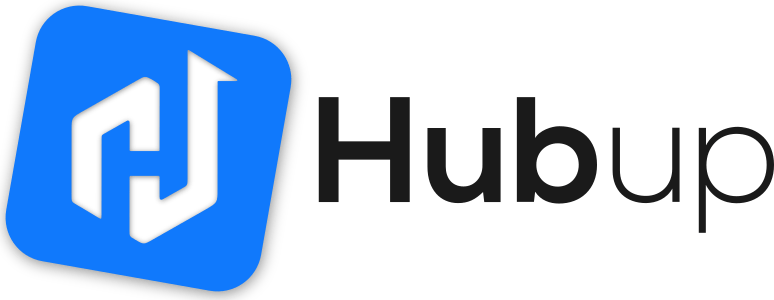CTY and Hubup : Toward a digitalization strategy

Why did CTY choose to adopt a digital and innovation strategy?
In essence, digitalization enables us to perform our current tasks with a certain agility. Ultimately, it has almost become a prerequisite to address the challenges we face locally and meet the needs of the metropolitan area, our clients, and the community.
I imagine that digital is taking up more and more space within organizations. Can you confirm?
Ultimately, the digital strategy is in service to the public.
Which challenges ultimately led you to use our training GPS, Flexnav?
This virtuous circle allows us to attract some drivers who are currently in different networks where they are assigned to a single line.
The attraction of new drivers to our network also brings the challenge of training. Therefore, it is essential to properly train all our drivers and keep them informed of any deviations and minor route changes to avoid mistakes with serious consequences.
We decided to implement Flexnav to address this issue. Today, we use it for both the training of new drivers and sometimes complex deviations. In essence, Flexnav has given us the tools to be as flexible and adaptable as possible to avoid any issues related to the quality of our services.
In other words, the routes are adhered to, which is a guarantee of quality for us.
So, do you often have cases of deviations and, therefore, regular use of Flexnav?
The solution is quite comprehensive as we have integrated commercial services, dead mileages, and all deviations. Some of our drivers observe and memorize the deviation before starting their service with the tablet and do not take it with them during their shift. Also, it allows us to show our authority the recorded deviations and the additional kilometers logged.
It’s a tool that serves us daily.
The reassuring aspect is highlighted for all three parties: you, your organizing authority, and your drivers?
How did you perceive the integration of the tool, both at the operational level and with the drivers?
Drivers have all the tools to be calm and reassured during their shift. Today, the observation we can make is that we would be unable to function without it, as the tool has become indispensable for us.
It is a tool that, to date, allows us to maintain the complete versatility of all drivers across all lines. The more versatile the drivers, the more we can optimize our human resources management with resource jobs, ultimately allowing us to balance daily activities more effectively.
Do you observe an improvement in service quality since the use of Flexnav?
Was the handling simple enough for both you and the drivers?
And for the drivers, we explain the tool’s features before the start of the shift, and in 5 minutes, they are familiar with it. Everything is intuitive and easy to use. Today, on the operational side, we only need to ensure that the tablets are updated and charged.
Regarding Inlink, our digital internal communication solution, do you still see the need for the tool since its implementation in 2019?
Since the implementation of Inlink, we have observed that the old-fashioned bulletin board with service notes has become secondary, and in parallel, Inlink has become central; it’s a reflex for everyone and ensures that the information has been effectively transmitted.
Today, more than 95% of our workforce is connected to Inlink to access information anytime and anywhere on their smartphones. Drivers spend less time at the depot. This allows us to maintain and strengthen ties with employees. We also update our digital documentation on the tool for all employees, such as the driver’s professional booklet, internal regulations, etc.
In terms of communication, our practices have evolved, and Inlink has allowed us to be more responsive. We can retrieve information from documents, make specific requests to employees, and employees can make requests to us through internal forms.
Today, Inlink ensures the quality of our internal communication.
So, you highlight time savings and better information transmission thanks to our tool. Is that correct?
95% of your workforce uses Inlink. For what reasons do the remaining 5% not use it?
So you hope to achieve 100% usage?
If you had to describe Flexnav in 3 words, what would they be?
Next, Effective because it allows us to focus on other issues and bring efficiency to the organization. I would also say that it fosters operational stakeholders.
Similarly, we could add that we have a very interesting and quick Return on Investment because we are more efficient and thus save human resources, even for a small structure like ours.
